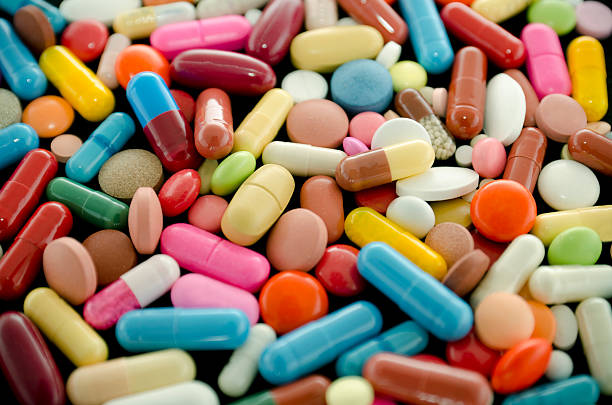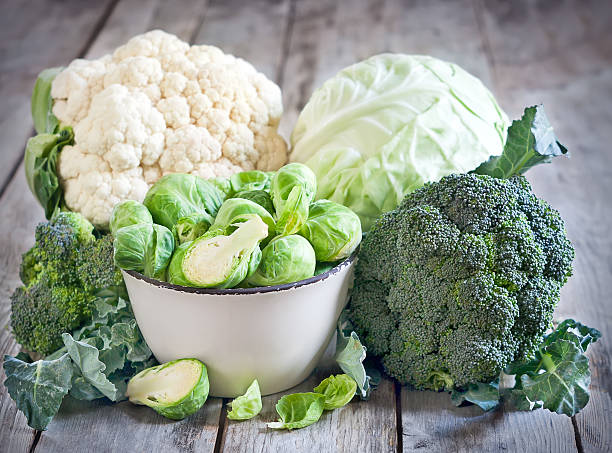Fiber Intake
Written by Paula Tipton-Healy
|Article: Fiber Intake

The Importance of Fiber, Water and Exercise
I want you to think for a moment of what diets consisted of before industrialization. There were no fast foods, the grains were whole, and vegetables were fresh and grown without pesticides or genetic manipulation. Before commercial farming became the norm and animals were raised en mass for food and slaughter, our distant forbearers ate berries, fruits, root vegetables, herbs and just about all plants that were not toxic along with the wild animals they could kill or capture. The diet contained 50-100 grams of fiber a day, mostly from plants. Interestingly, one of the best studied prebiotic fibers, inulin, has been found in over 35,000 plants, so there was no shortage of fiber in their diets.
But as time marched on, we congregated into villages and towns and started cooperative farming, growing of grains and other agricultural endeavors such as raising livestock for consumption. Fiber in the diet continually diminished. Worse, in the western world we began to remove the fiber from the grains because it was felt to be useless. As a result, we have soft, delicious white bread, with no fiber and with many of the vitamins and minerals removed. Also around this time we began packaging foods in ways that diminished the basic nutrition of our foods – even adding many substances that, while helpful in adding shelf life and flavor, continued to lessen the values of nutrients. High fructose corn syrup was found to be as sweet as sugar and cheaper, so it found its place in almost everything packaged. Fiber in our diet was forgotten as a needed element in our diets.
Studies have found that eating a diet low in fiber and high in meat is associated with a 3 times increased risk for diverticulitis. In those that consume the largest amount of meat, the risk for right-sided diverticulosis in particular is roughly 25 times that of persons eating the least amount of meat. This is really not surprising, as with all animal products meat contains no fiber. It is also of interest to note that those eating a vegetarian diet have much less occurrence of all Bowel Problems
As of late, there has been much evidence of the benefit to health and longevity associated with the aspects of returning to a basic, normal diet, one that is organic, high fiber and natural, light in animal products and rich in fruits and vegetables.
Fiber is found in plants and normally not digested or absorbed by the body – and there are different types of fibers, soluble and insoluble fibers, both which are found to be low in the typical diet but crucial to a healthy gut.
Soluble Fiber: Soluble fiber is "soluble" in water. When mixed with water it becomes gel-like and swells. Soluble fiber has many benefits, including moderating blood glucose levels and lowering cholesterol. Water soluble fibers are found in watermelon, seeds, beans, apples, oranges, carrots, beets and barley to mention a few. These are critical in preventing diabetes, lowering blood cholesterol levels, obesity, and hypertension (high blood pressure). Additionally, colon beneficial bacteria use soluble fiber as a food source, encouraging a well-balanced environment.
Insoluble Fiber: Insoluble fiber does not dissolve in water. It passes through the digestive tract pretty much in its original form. Insoluble fiber has many benefits to our digestive health, such as lowering our risk of constipation, hemorrhoids, diverticulitis (and other bowel disorders), as well as cancer. Most of our insoluble fiber comes from the bran layers of cereal grains. On packaging, it is usually labeled cellulose, linings and hemicelluloses. The average American consumes only 10-17 grams of fiber per day but the recommended amount is 20-38 grams and some say higher.
Ways to increase daily fiber intake:
- Eat Brown rice instead of white rice
- Eat Oats (oatmeal, old fashioned)
- Eat whole grain cereals
- Eat whole grain pastas
- Eat organic (when you can), unpeeled VEGETABLES WITH THEIR SKINS ON (lots of Vegies!)
- Add rice bran or wheat bran (miller’s bran) to your foods
- Eat beans
- Get rid of the white stuff in your diet (bread, rice, pasta, sugar, etc.)
- Consider supplementing with prebiotic fiber from Chicory Root (Inulin) (Healthy Bowel Support).
Healthy Bowel Support
Other important things to remember:
- Don’t forget your water intake (1-2 quarts daily!)
- Avoid saturated and trans fats
- Make sure you are getting enough Omega Oils (3,6 & 9’s)
- Exercise (3 times weekly minimum)!




Leave a comment
This site is protected by hCaptcha and the hCaptcha Privacy Policy and Terms of Service apply.